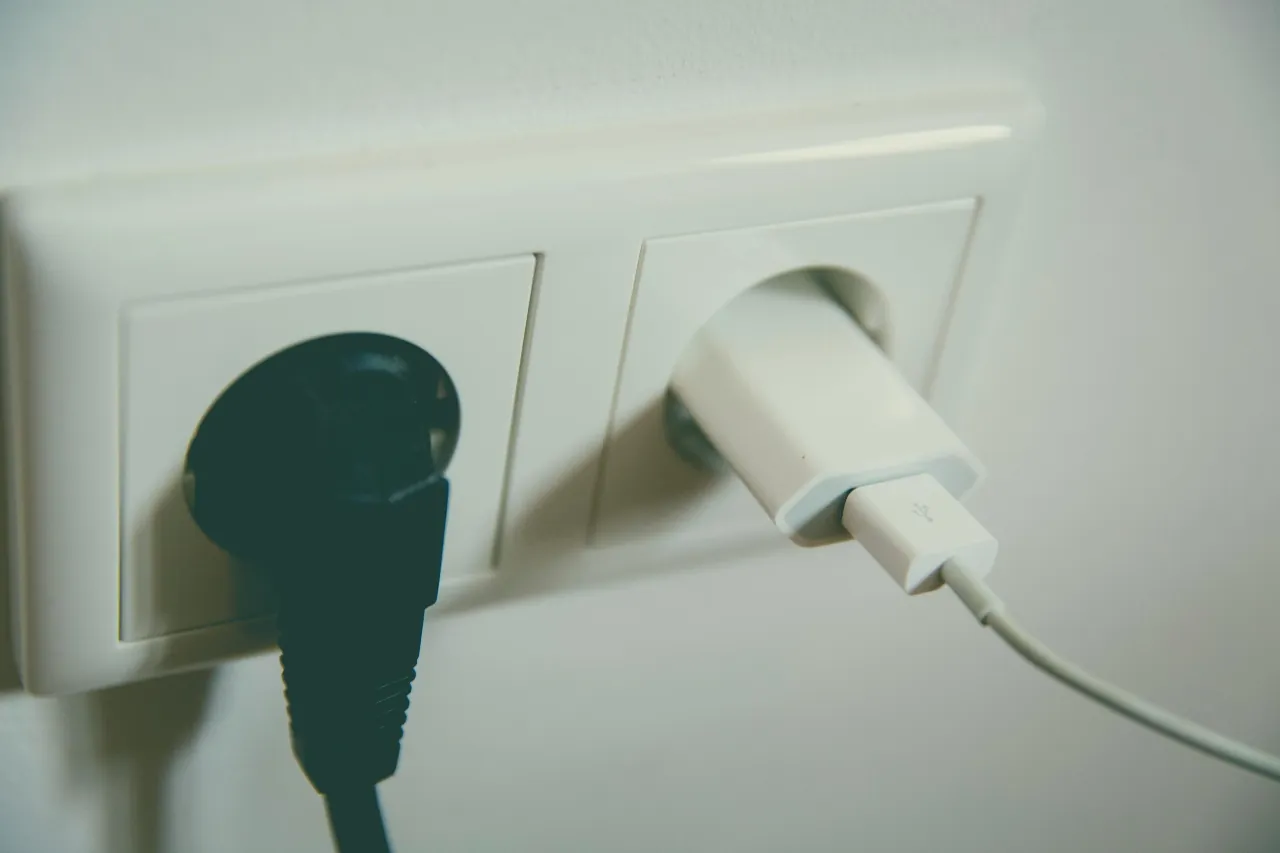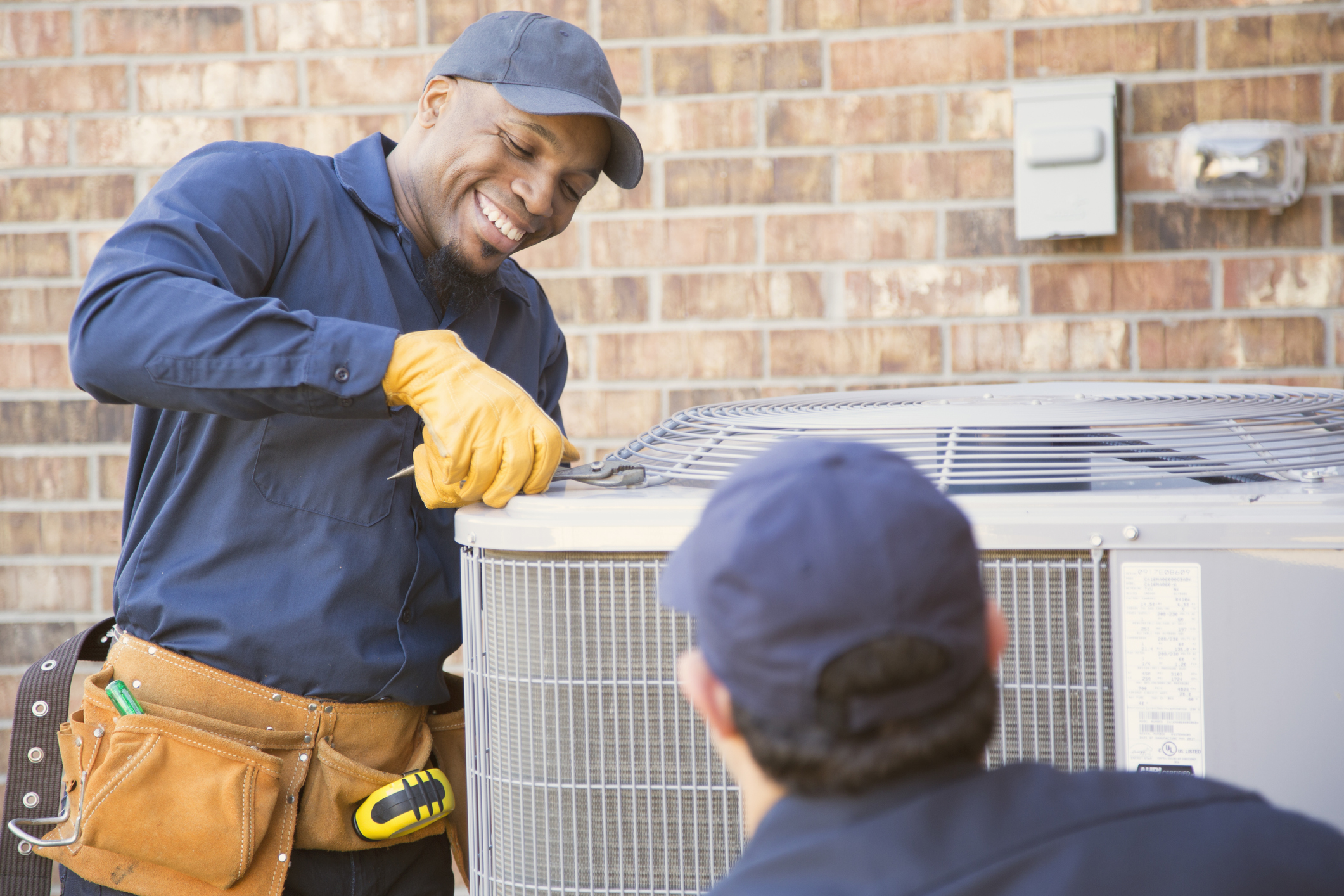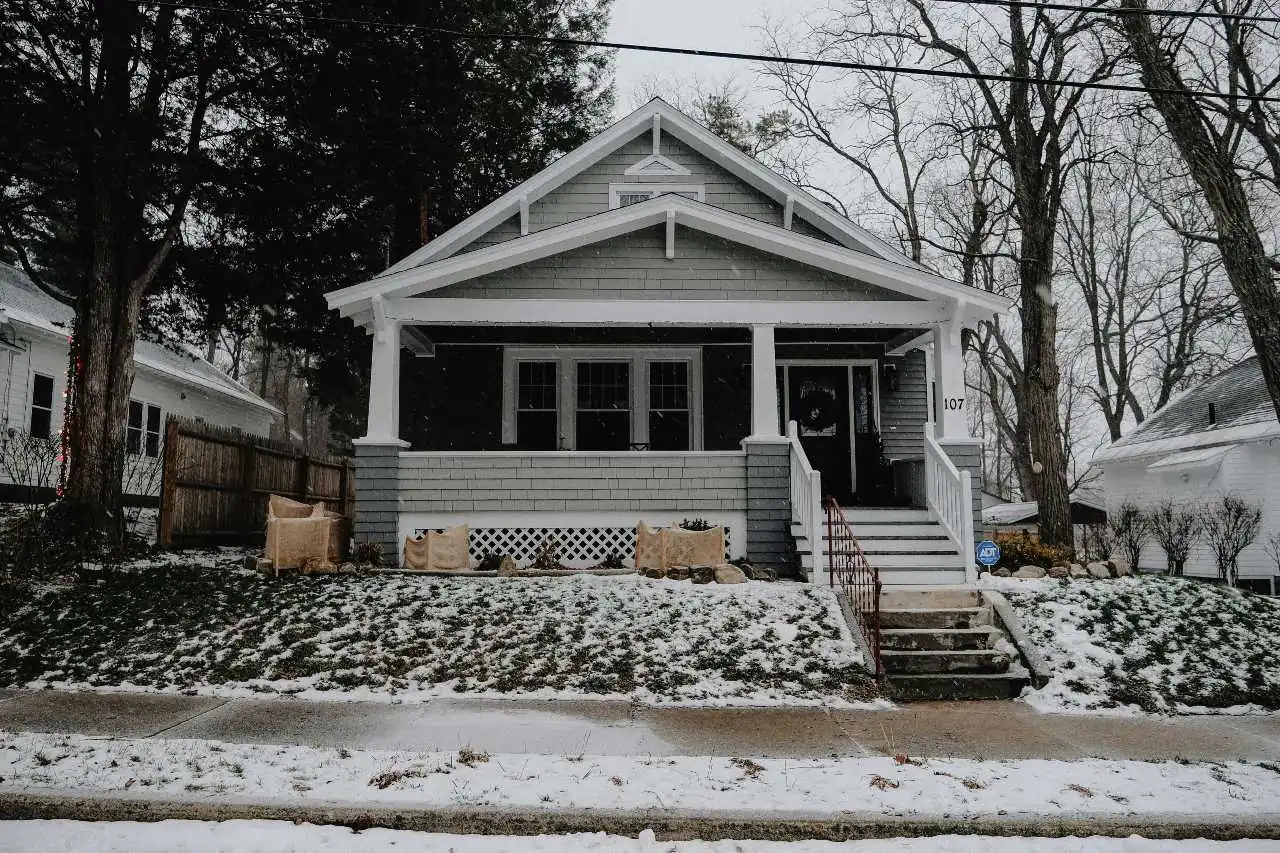Why You Need a Whole House Surge Protector in 2025

A whole house surge protector is a critical safety device installed at your home’s main electrical panel. It’s designed to safeguard your entire electrical system from sudden spikes in voltage, known as power surges. These surges can originate from various sources—lightning strikes, utility switching, transformer malfunctions, or even internal sources like large appliances cycling on and off.
While many homeowners rely on basic power strips with built-in surge protection, those are limited in scope. A whole house surge protector defends every circuit in your home, providing comprehensive protection that plug-in devices simply can’t match.
Modern homes rely heavily on electronics: smart TVs, HVAC systems, computers, refrigerators, washers, and home automation systems. All of these are sensitive to voltage fluctuations, and the cost of replacing just one damaged appliance can easily outweigh the price of a surge protector installation.
Why Surge Protection Matters More in 2025
Surge protection isn’t a luxury anymore—it’s a necessity. Here’s why it matters now more than ever:
- Widespread smart tech: EV chargers, smart thermostats, home assistants, and connected lighting systems have become standard, and they’re all vulnerable to voltage spikes.
- Remote work is the norm: Many people now work from home. A single surge can damage computers, monitors, routers, and other essential devices.
- Weather patterns are changing: Climate change has led to more frequent and severe storms. Each event increases the risk of power surges.
- Aging power infrastructure: The U.S. power grid is aging and often unreliable, especially during periods of high demand.
- The average cost of damage: According to the Insurance Information Institute, the average insurance claim for electrical surge damage exceeds $10,000.
Investing in a whole house surge protector installation in 2025 is about protecting your home, appliances, and lifestyle.
Signs Your Home May Be at Risk
Not sure if your home is vulnerable? Here are common indicators that your electrical system is exposed to surge-related risks:
- You live in an area prone to frequent thunderstorms or grid disruptions
- Lights dim or flicker when appliances like microwaves or HVAC systems turn on
- Your home contains expensive or sensitive electronics like servers, gaming systems, or smart panels
- You’ve had to replace appliances prematurely or have experienced unexplained electrical malfunctions
- You frequently need electrical repairs due to tripped breakers or burned-out outlets
If these issues sound familiar, your home is likely overdue for a full surge protection evaluation. Schedule a professional inspection today.

Benefits of Whole House Surge Protectors
A whole house surge protector isn’t just a luxury—it’s an essential part of a modern home’s electrical safety strategy. As homeowners rely more on sensitive electronics and high-efficiency systems, the risks posed by power surges have grown. Installing a surge protector at the panel level can save you thousands in potential damage, while also improving system longevity and household safety.
1. Comprehensive Protection From External and Internal Surges
Many people think surges only come from outside the home, like during thunderstorms or grid switching. But in reality, up to 80% of power surges originate inside your house—from large appliances cycling on and off, such as refrigerators or air conditioners. A whole house surge protector stops these voltage spikes before they reach your circuits, protecting everything connected.
2. Safeguards All Appliances and Major Systems
Your home is filled with electronics that can’t handle voltage fluctuations. A whole house surge protector helps defend:
-
HVAC systems
-
Refrigerators and freezers
-
Dishwashers and washing machines
-
Televisions and home entertainment setups
-
Computers and smart devices
-
Water heaters, EV chargers, and more
Unlike plug-in power strips, which only protect individual items, a whole house solution shields everything tied to your electrical panel.
3. Reduces Fire Hazards From Overloaded Circuits
Voltage spikes can do more than just fry your electronics—they can also overheat wiring and trigger fires. Whole house surge protection acts as a pressure relief valve for your electrical system, redirecting excess voltage safely and preventing circuits from being pushed beyond their capacity.
4. Extends the Life of Electronics and Appliances
Even small, repeated surges can shorten the lifespan of your electronics by degrading internal components over time. Surge protection helps keep voltage consistent and clean, allowing your appliances and devices to run more efficiently and last longer.
5. Adds Long-Term Value to Your Home
Buyers are increasingly looking for homes with updated safety features. A professionally installed surge protector signals that your electrical system is modern and well-maintained. It can be a strong selling point—especially in homes with advanced tech, solar panels, or EV charging stations.

6. Delivers 24/7 Peace of Mind
Power surges can happen at any time—even when you’re asleep or away. A whole house surge protector works around the clock, ensuring your devices and systems stay safe whether you’re home or not. This level of constant protection simply isn’t possible with plug-in devices alone.
Bonus: Perfect Add-On for Renovations or Electrical Upgrades
If you’re already planning an electrical installation—like a panel upgrade, home addition, or major renovation—it’s easy and cost-effective to bundle surge protection into the same job. Installing it alongside other updates minimizes labor costs and future disruption.
Cost of Installing a Whole House Surge Protector
A common misconception is that surge protectors are expensive. In reality, they are far more affordable than replacing major electronics and appliances.
- Surge protection device (SPD): $100–$300 depending on brand and response time
- Installation by a licensed electrician: $250–$500
- Total average investment: $350–$800
This one-time cost covers years of whole-home protection. Some higher-end models also include indicator lights, remote monitoring, or replaceable modules, adding more value and flexibility.
Whole House vs. Plug-In Surge Protection
|
Feature |
Whole House Surge Protector |
Plug-In Power Strip |
|
Coverage |
Entire electrical system |
One device or outlet |
|
Installation |
At main electrical panel |
Plug into wall socket |
|
Longevity |
5–10 years |
1–2 years |
|
Response Time |
Milliseconds (fast) |
Slower |
|
Risk Reduction |
High |
Limited |
|
Ideal Application |
Home-wide defense |
Backup or device-level |
While both have their place, it’s essential to understand that power strips do not offer the same level of protection. Think of them as secondary protection—not a substitute.
FAQs About Whole House Surge Protection
Can I install a surge protector myself?
No. Whole house surge protectors must be wired directly into your breaker panel. Installation should only be performed by licensed electricians to ensure safety and code compliance. Book a licensed technician here.
Will it protect against lightning strikes?
While no surge protector can completely shield your home from a direct lightning hit, these devices significantly reduce damage from indirect strikes or voltage spikes caused by nearby lightning activity.
Does it work with solar panels or generators?
Yes. A whole house surge protector can safely be integrated into systems that include solar inverters or standby generators. It protects both grid and alternative energy sources from producing damaging surges.
How often should I replace a whole house surge protector?
Surge protectors wear down over time as they absorb hits. Most models last 5–10 years, but if your home experiences a major surge or storm, it’s wise to schedule an inspection to assess the condition.}
Final Thoughts
In a time when homes are more connected than ever, and power events are more frequent, protecting your electrical infrastructure is essential. Relying solely on plug-in strips is no longer enough.
A whole house surge protector is your first line of defense. It’s a small investment with big returns—preventing costly repairs, preserving electronics, and providing year-round peace of mind.
🔌 Contact Michael Bonsby today to schedule your surge protection consultation. Take control of your home’s safety in 2025.
For more technical insights into terms like surge capacity, grounding, and voltage clamping, visit this helpful electrical terminology guide.
Contact Us Today Full Width




